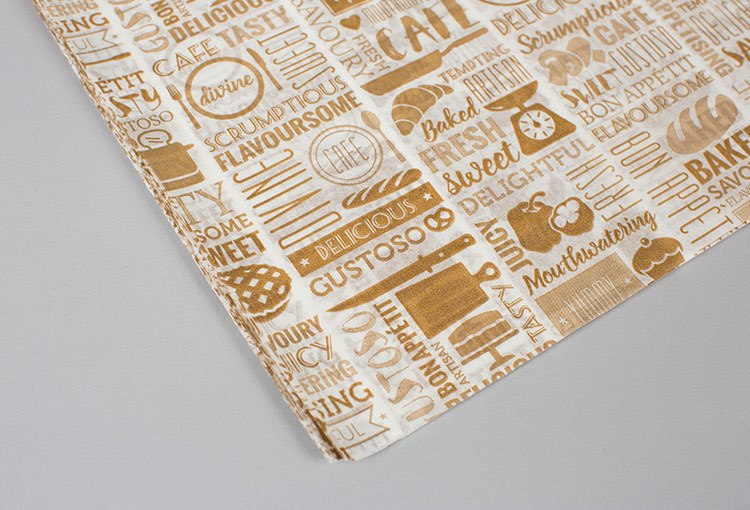Finding the Best Embroidery Digitizing for Your Business
October 24, 2025 | by IoT Development Company

Getting your designs ready for stitching is a big deal. You need a partner you can trust. This guide will show you how to pick the right one. We’ll make sure every stitch is perfect. This applies to one-off jobs and huge bulk orders. We will cover all the bases. From techy quality stuff to how fast you get files back. You’ll learn how to make a smart choice.
So, what is embroidery digitizing? It’s turning a picture into a special stitch file. An embroidery machine can read this file. A good file means your product looks sharp. It will be clean and last a long time. A bad file causes all sorts of problems. You might see thread breaks or puckered fabric. Your design could look totally wrong. For any real embroidery business, this is super important. You either learn it yourself or hire an expert.
Choosing that expert can feel like a lot. There are so many choices online. This article helps you sort through them all. You will find the best embroidery digitizing services for you. It’s about matching your needs. Quality, budget, and how many projects you have.
What Makes Digitizing Good?
First, you need to know what to look for. How can you tell good work from bad? Quality digitizing is not just a fast file conversion. It’s a craft. It thinks about the fabric. It considers thread count and stitch density. It respects the original artwork.
Here’s a checklist for a quality stitch file:
- Smart Pathing: Stitches should flow in a logical order. This means fewer jumps and trims. It makes the back of the garment look cleaner. It also speeds up your production.
- Right Stitch Density: Too many stitches? The design gets stiff. The fabric might pucker. Too few stitches? The design looks thin. You might see fabric showing through. Experts change the density for the material. A fleece hoodie is different from a polo shirt.
- Proper Underlay: Underlay stitches are your design’s foundation. They hold the fabric steady. They stop stitches from sinking into the fabric. Different underlay types exist for different reasons. A skilled digitizer knows exactly which one to use.
- Correct Color Mapping: The file needs to match your thread colors. This is crucial for the final look. Your embroidered item should match the digital proof.
- Few Jumps and Trims: Some jumps can’t be avoided. But a pro file keeps them low. Lots of trims slow you down. They also leave tiny thread tails. You have to clean these up by hand.
Always test a sample file. Get one from a service you are considering. Run it on scrap fabric. Make sure it’s the same fabric you plan to use. This is the best way to see the quality for yourself.
How to Pick the Best Embroidery Digitizing Services
Finding that perfect partner is a balancing act. You have to weigh cost, quality, and speed. It is all about what your embroidery business truly needs. Here is a simple guide to help you choose.
1. Know What You Need: Big Orders or Custom Jobs?
First, think about your main work. Do you run a high-volume shop? Maybe you digitize hundreds of logos each week. Or are you a small Etsy shop? You might focus on unique custom pieces.
- Bulk Orders: For large jobs, you need consistency. Fast turnarounds are also key. Pricing should be competitive. Look for services with bulk discounts. They should have experience with big projects. They must maintain quality. Good communication systems are a must.
- Custom Orders: For special, artsy designs, details matter most. You need a digitizer who gets the art. They must capture every little detail. Price is still important, of course. But getting the design right is everything. Find services with a portfolio of detailed work.
2. Check Their Work and Ask for a Test
Don’t ever hire a service blind. A good company shows off its work. They should have a big portfolio online. Look for designs like yours. Do they handle tiny letters well? Are their filled areas nice and smooth? How do their gradients look?
Even better, ask for a sample. Many services offer a free or cheap trial. This is the best way to judge their skills. Give them a design that’s a bit tricky. See how they do. Then, stitch it out. Check for any problems. Look for puckering or bad registration.
3. Compare Turnaround and Prices
Speed and cost are often the final decision makers. In this industry, time really is money.
- Turnaround Time (TAT): A 24-hour turnaround is pretty standard. This is for a simple logo. More complex art will take longer. Some services offer rush jobs for extra money. This can be a real lifesaver sometimes. Ask about their standard and rush times upfront.
- Pricing: Prices can be structured differently. Some charge one flat rate for any design. Others charge by the stitch count. Flat rates are simple and predictable. This helps when you quote your own clients. Stitch-count pricing can be cheaper for simple art. But it costs more for detailed designs. Always look for hidden fees.
4. Test Out Their Customer Service
What if a file has problems? This is when good support really shines. A great partner will be quick to help. They will be responsive. Send them a question before you buy.
- How fast do they reply?
- Is their answer easy to understand?
- Do they offer edits? Are edits free?
Great support is a sign of a professional company. You want a team that backs up their work. They should be ready to solve problems with you.
Finding a Pro for Custom Embroidery Digitizing Services
Personalized projects need a special kind of digitizer. Think pet portraits or detailed jacket backs. These jobs are about art, not just speed. Precision is everything.
When you need custom Embroidery Digitizing Services, look for a collaborator. They should ask you questions. They’ll want to know your vision. They’ll ask about the fabric. A true custom expert is a partner. They don’t just convert files. Look at their portfolio for complex work. See if they handle shading and fine details well. It’s okay to pay more for this skill. The final product will be worth it.
Pro Tips for a Smooth Digitizing Workflow
You picked a service. Great! Now you can improve your process. This gets you the best results. It also builds a strong relationship.
- Send Great Artwork: Garbage in, garbage out. It’s an old saying, but it’s true. Better art means a better stitch file. Vector files (.AI, .EPS) are the best. They can be resized without losing quality. If you use a JPG or PNG, make it high-res. 300 DPI is a good rule to follow.
- Share All the Details: Don’t just send a picture. Tell your digitizer everything. What fabric will you use? What size is the final design? Where does it go on the garment? This info helps them use the right settings.
- Keep Good Records: Get organized. Track all your designs. Give your files clear names. Save the original art and the final stitch file. Make a note of the digitizer you used. This makes reordering a breeze. It helps keep your embroidery business consistent.
- Build a Relationship: Find a service you love? Stick with them. A long-term partnership is valuable. They will learn your style and what you like. This leads to even better work over time.
Conclusion
Choosing a digitizing service is a huge step. It’s a foundation for your embroidery business. Understand what makes quality work. Know your needs for bulk or custom jobs. Check out potential partners carefully. This way, you will find a reliable provider. You can deliver amazing products to your clients. Always remember to communicate clearly. Give them good artwork to start with. The best embroidery digitizing services become part of your team. They are dedicated to making your designs look great.
If you want a dependable and affordable choice, check out a service like 1dollardigitizing. They offer a nice mix of quality, speed, and cost. This can help businesses of any size.
RELATED POSTS
View all



